Geology of Wind River Canyon, Wyoming (cont.)
2 Permian and Pennsylvanian Rocks
The youngest rocks in the canyon are Triassic, but their outcrops are limited to small areas at the very end of the canyon (fig. 2-1). Some Jurassic and Cretaceous rocks are exposed in other areas of the mountains, on their northern and southern edges. By contrast, the Permian Park City formation forms the whole erosion surface at the top of the range in the canyon region, overlying unconformably the Pennsylvanian Tensleep sandstone.
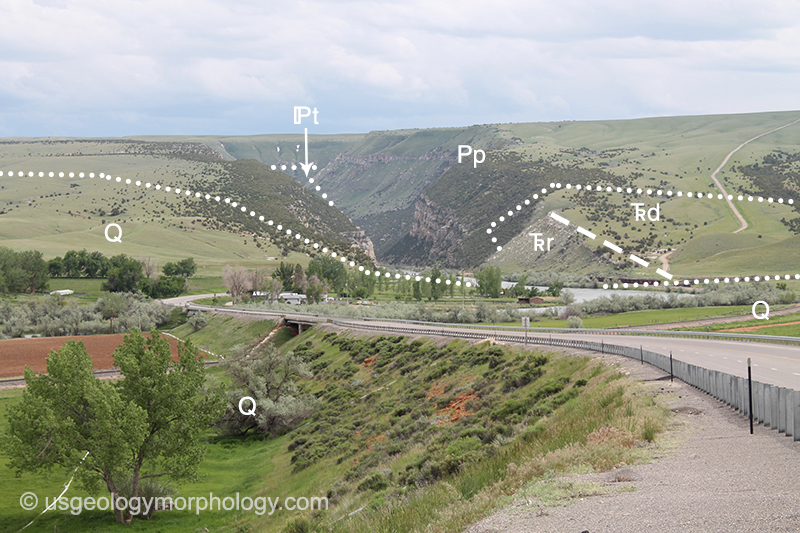
Figure 2-1. Northern entrance of Wind River canyon.
View to the south-southwest. The competent Permian Park City formation (Pp) tops the whole canyon area, gently dipping south; the dip increases in the foreground, because of the Red Canyon anticline (east-west striking in the area of the photo) and the less resistant nature of the limestone at the top, while dolomite forms cliffs on the valley sides. Q - Quaternary deposits. ^d - Triassic Dinwoody formation (siltstone and sandstone). ^r - Triassic Red Peak formation (siltstone and claystone). Pp - Permian Park City formation (dolomite and dolomitic limestone in lower and upper parts, mudstone in middle part; average thickness: 75 m). *t - Pennsylvanian Tensleep sandstone. Dashed line: conformable layer boundary. Dotted line: unconformity.
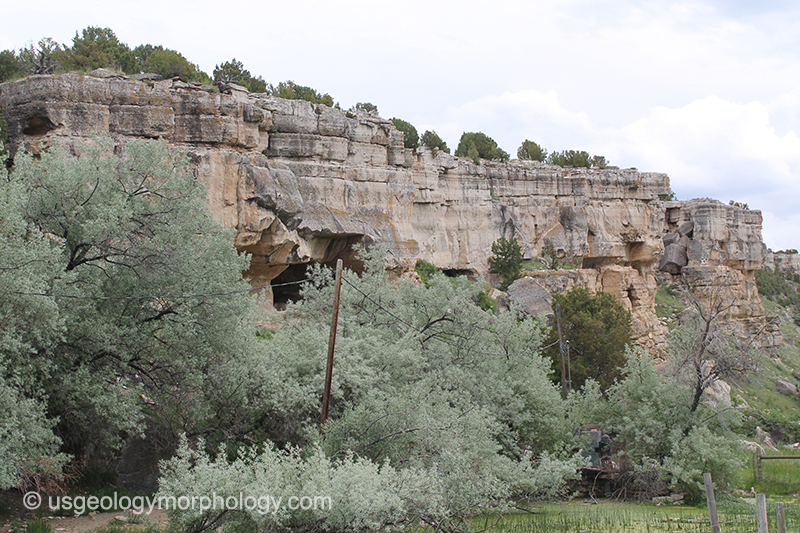
Figure 2-2. Park City formation, Wind River Canyon, Wyoming.
View to the west of Wind River canyon at 43° 34' 58" N. Erosion-resistant dolomite forms steep cliffs.
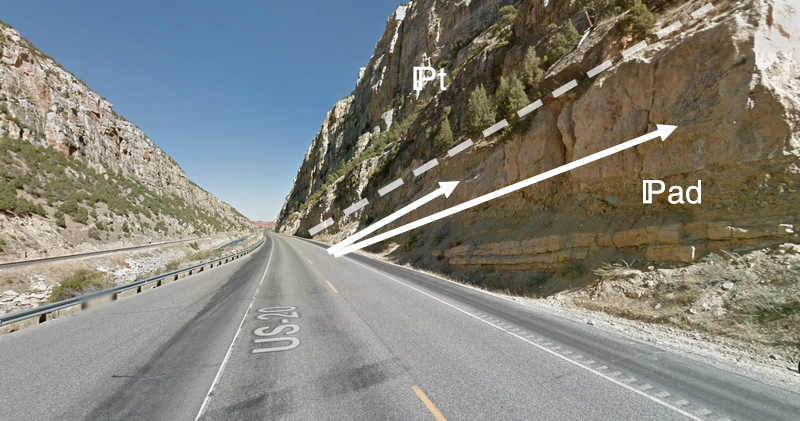
Figure 2-3. Tensleep sandstone above the Sandy dolomite member of Amsden formation.
View to the north of Wind River canyon at 43° 33' 54" N. Tensleep sandstone forms cliffs. Amsden dolomite ledges protect the sandier layers from erosion. *t : Pennsylvanian Tensleep sandstone (60-90 m thick). *ad : Pennsylvanian Sandy dolomite member of Amsden formation (30-85 m thick). Arrows show the extent of next photograph. Base image: Google Maps image © Google. Google and the Google logo are registered trademarks of Google Inc., used with permission.
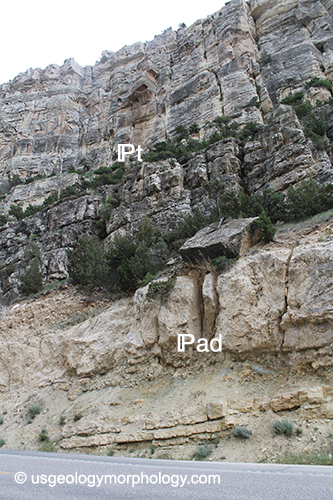
Figure 2-4. Tensleep sandstone above the Sandy dolomite member of Amsden formation: close-up.
View to the east of Wind River canyon at 43° 33' 54" N, as seen between the arrows on preceding figure.
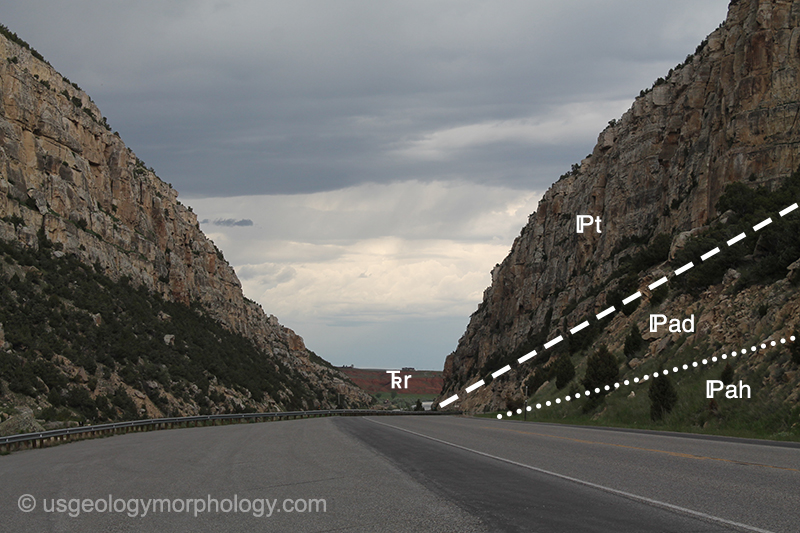
Figure 2-5. Tensleep sandstone and Amsden formation.
View to the north of Wind River canyon at 43° 33' 37" N. Under the Tensleep sandstone cliff, the Amsden formation members form gentler slopes. *t : Pennsylvanian Tensleep sandstone. *ad : Pennsylvanian Sandy dolomite member of Amsden formation. *ah : Pennsylvanian Horseshoe Shale member of Amsden formation (30-60 m thick). In the background the red rocks on the northern side of Red Canyon Creek valley belong to the Triassic Red Peak formation (^r; mostly siltstone and claystone). Dashed line: conformable layer boundary. Dotted line: unconformity.
Next: Mississippian, Devonian and Ordovician Rocks
